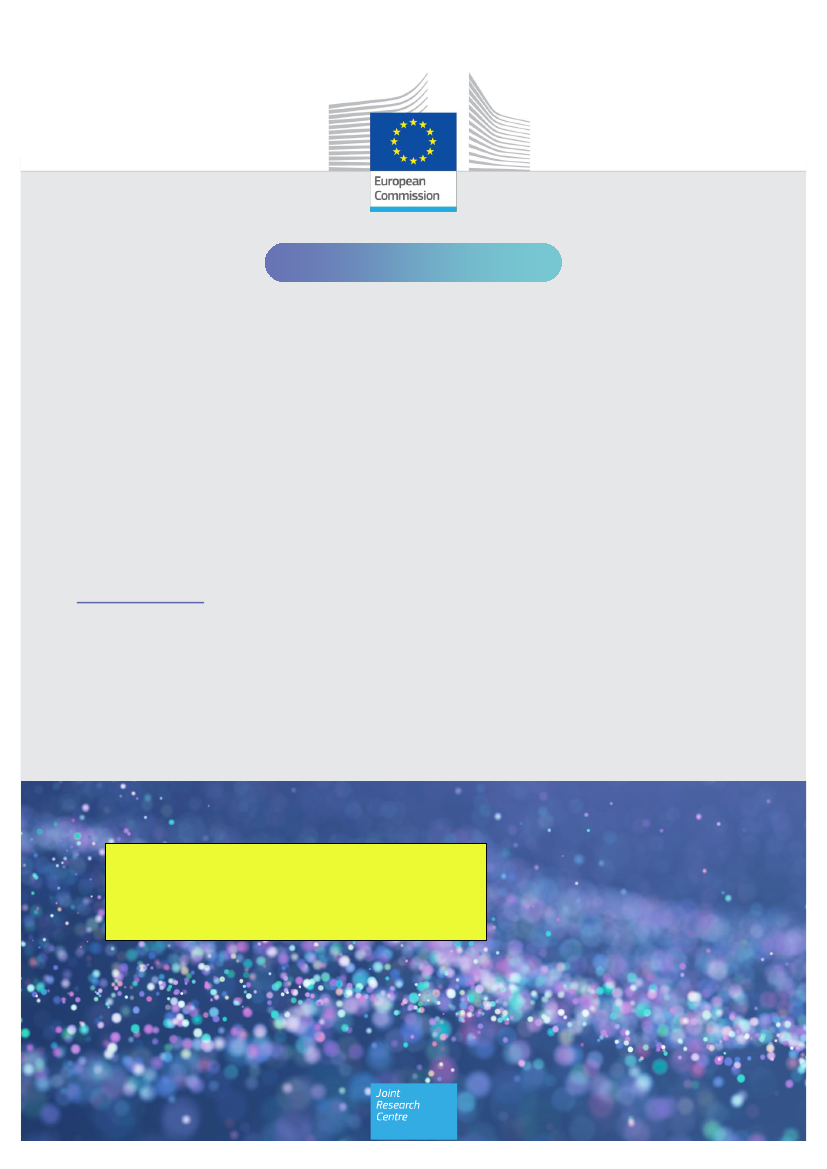
ISSN XXXX-XXXX
JRC SCIENCE FOR POLICY REPORT
Preparatory study on textiles for product
policy instruments
Ecodesign
EU Green Public Procurement
EU Ecolabel
2
nd
milestone
Delre, A., Perez Arribas, Z., Bernad Beltran, D.
Senatore, V., Kouloumpis, V., , Moldovan, S.,
Molina, C., Mollá, K., Gallego, E., Balaguer, A.,
Garcia John, E.
This is a draft document that has not been adopted or endorsed by
the European Commission. Any views expressed are the preliminary
views of the Commission’ services and may not in any
circumstances be regarded as stating an official position of the
Commission.